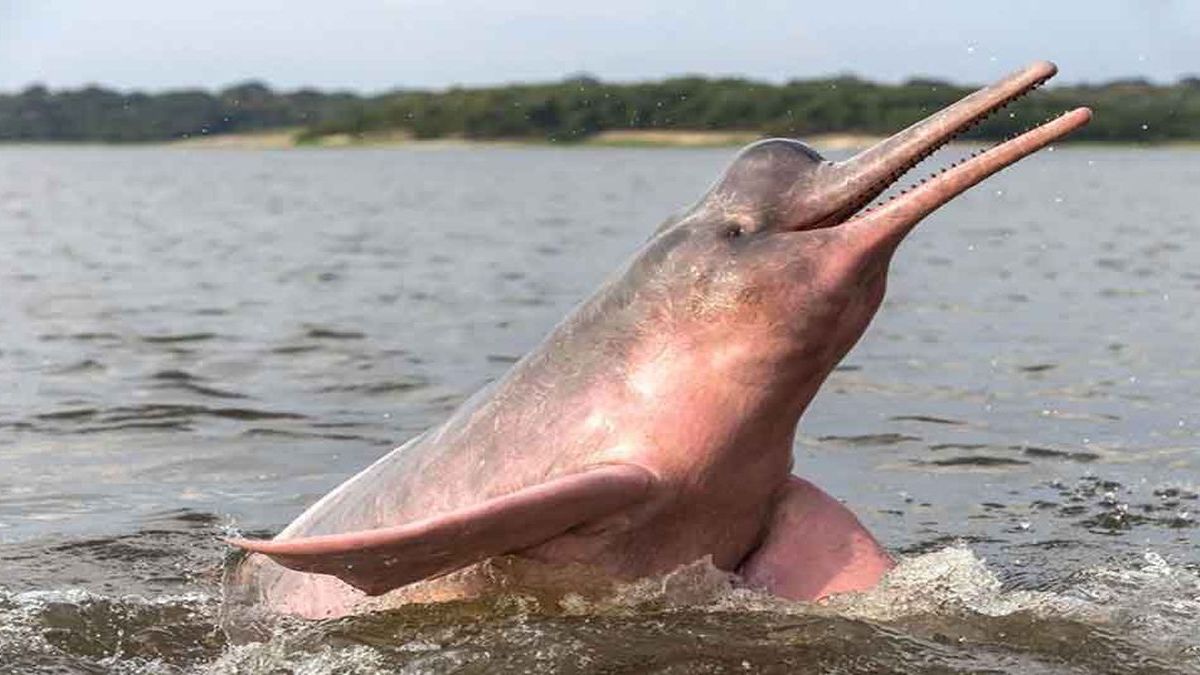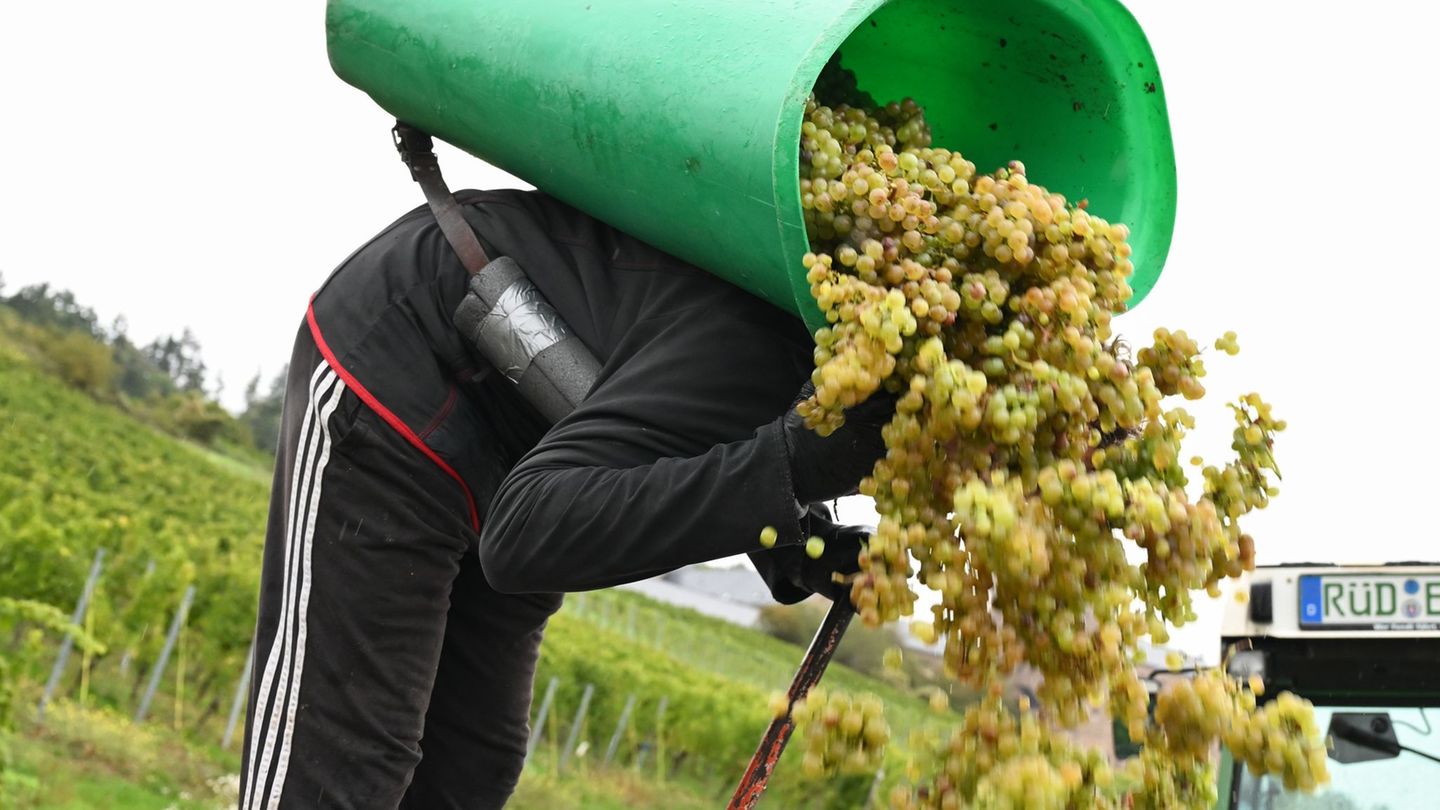The different populations of wild animals lost on average 73% of its individuals in 50 yearsand in Latin America and the Caribbean the loss is up to 95%, according to the World Wildlife Fund (WWF) reference report published on Thursday.
A few days before the start of the COP16 on Biodiversity in Colombia, the “Living Planet” report specifies that this percentage does not mean that almost three quarters of the planet’s wild animals have disappeared, but rather that The size of various populations (groups of animals of the same species that share a common habitat) decreased by 73% on average over the last fifty years (1970-2020).
“A population is a group of animals observed at a given time in a given place,” Yann Laurans, director of WWF programs in France, explained at a press conference. “We have seen real successes at the local level, with species returning, but these are like islands of preservation within a complex that is degrading,” he explained. The trend of that degradation was 68% in the previous edition of 2022.
Animals in danger of extinction.jpg
Experts warned that the changes could be irreversible, with devastating consequences for humanity.
Living Planet Index
In total, around 5,500 vertebrates (mammals, birds, fish, reptiles and amphibians), distributed in some 35,000 populations around the world, are now recorded in this “Living Planet Index”established and updated every two years by the Zoological Society of London (ZSL) since 1998.
The index has become a international reference to measure the state of natural ecosystems and analyze the consequences on human health, food or climate changedespite repeated criticism by scientists of the calculation methodology, accused of greatly exaggerating the magnitude of the decline. “We remain confident in the strength” of the index, said Andrew Terry of the ZSL during a press conference.
These inequalities in the estimates of different populations are very evident when the results are examined by continent: for example, the population of the Amazon pink dolphin (known as boto) has declined by 65% between 1994 and 2016. In contrast, the European bison , completely disappeared in the wild on that continent in 1927, now has a population of 6,800 individuals. “It’s not just about wildlife, it’s about the essential ecosystems that sustain human life”warned Daudi Sumba, chief curator of the WWF.
Growing threat of irreversible consequences
The new edition of the report repeats the need to jointly address the “interconnected” crises of climate and nature destruction. And insists on the growing threat of “turning points” in some ecosystems. “The changes could be irreversible, with devastating consequences for humanity”warned Sumba, citing the example of the Amazon, at risk of going from being a “carbon sink to a carbon emitter, thus accelerating global warming.”
He further decline is observed in the freshwater species populations (-85%)followed by the terrestrial (-69%) and marine (-56%) vertebrates. After Latin America and the Caribbean reach Africa (-76%), Asia and the Pacific (-60%). The reduction is “less dramatic in Europe and Central Asia (-35%) and in North America (-39%), “but only because large-scale impacts on nature were already visible before 1970 in these regions: some populations have stabilized, and even grown thanks to conservation efforts and species reintroduction,” the report explains.
“The good news is that we have not yet reached the point of no return“he added, citing the ongoing efforts following the Paris climate agreement or the Kunming-Montreal agreement. The latter set for States around the world twenty objectives for the protection of nature to be achieved by 2030.
Drive implementationuntil now timid, of this program will be the main task of the 16th conference of the United Nations Convention on Biological Diversity (CBD)which will be held from October 21 to November 1 in Cali, Colombia.
Source: Ambito
I am Pierce Boyd, a driven and ambitious professional working in the news industry. I have been writing for 24 Hours Worlds for over five years, specializing in sports section coverage. During my tenure at the publication, I have built an impressive portfolio of articles that has earned me a reputation as an experienced journalist and content creator.




